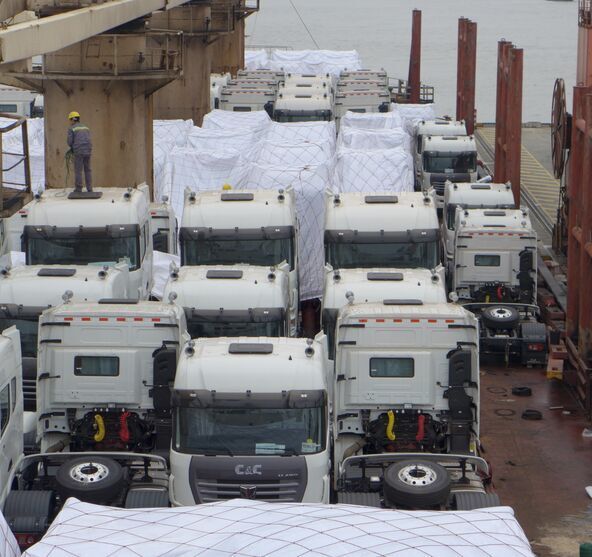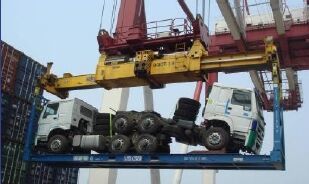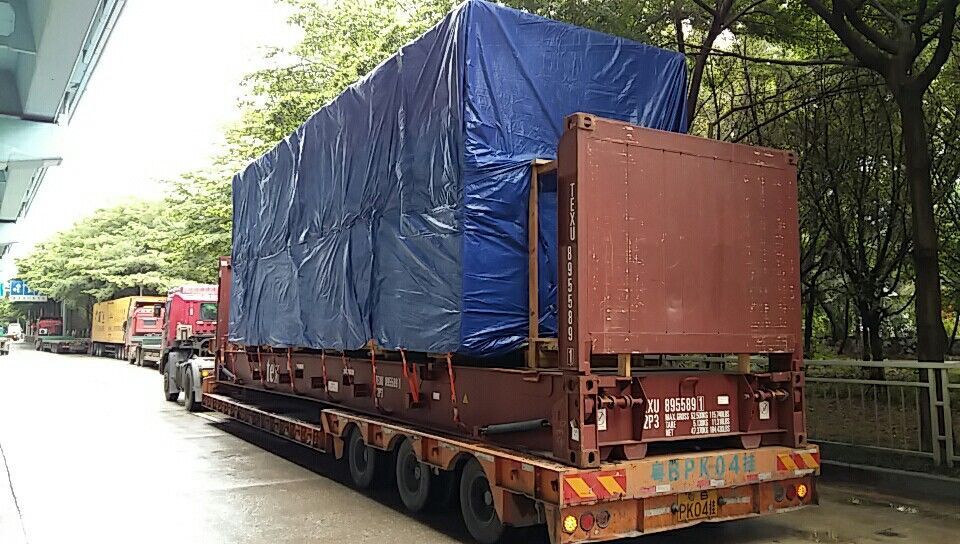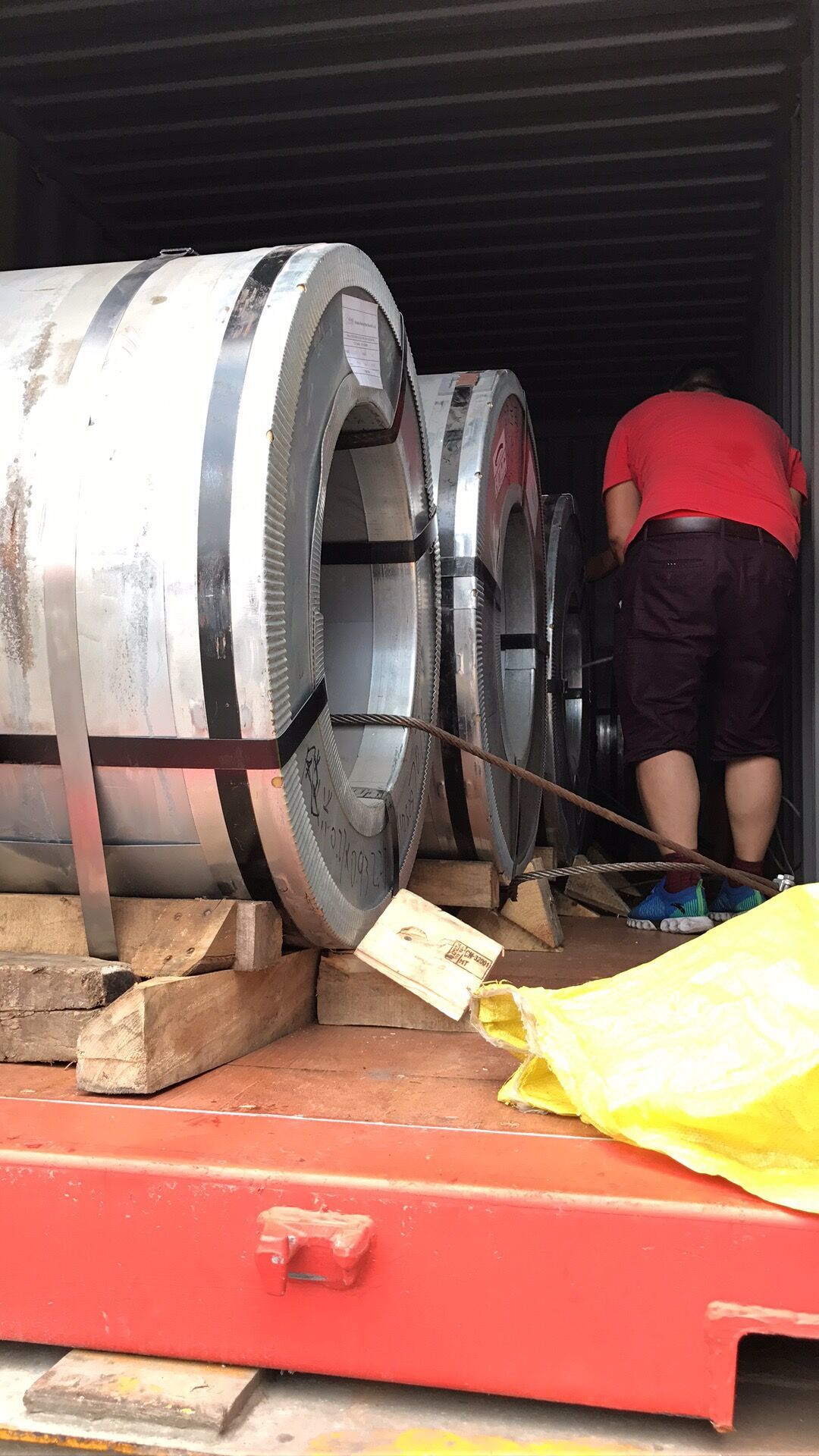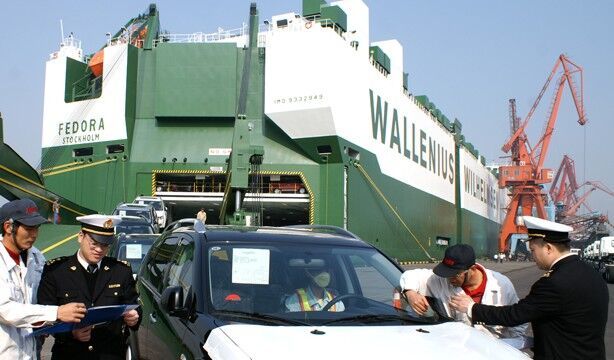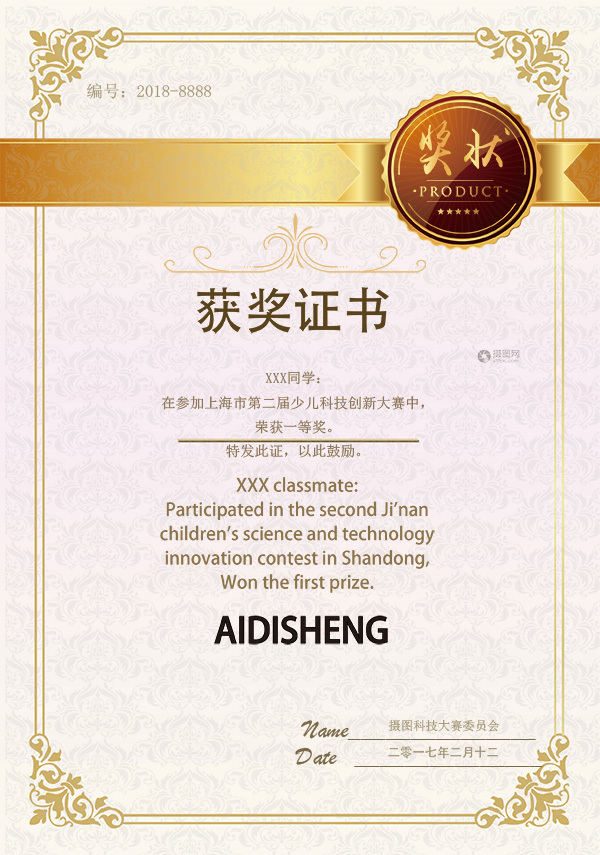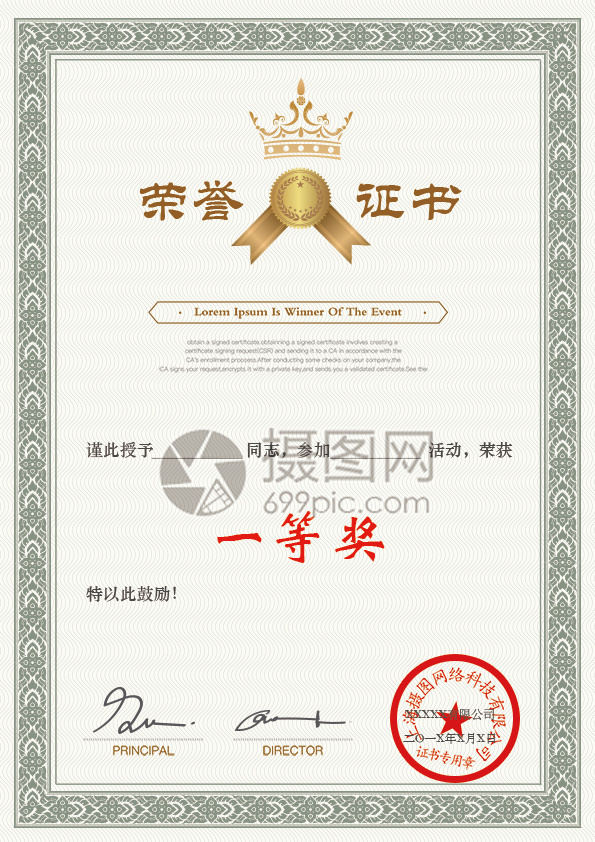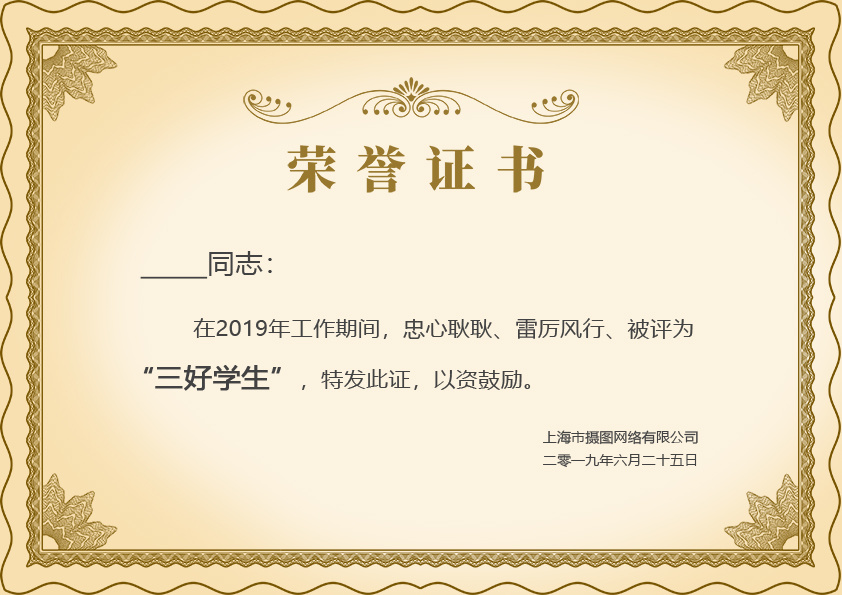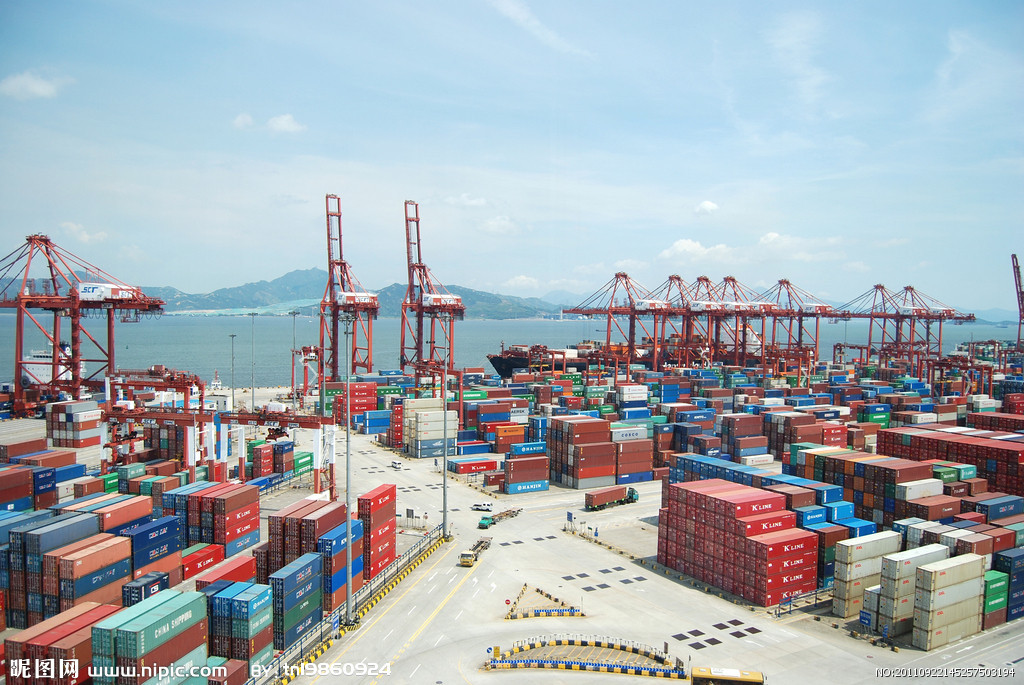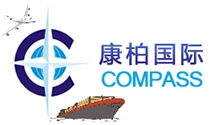Breakbulk sea freight operation
Import of goods from major ports handling bulk break-bulk cargo worldwide to Chinese ports (Tianjin, Guangdong, Qingdao ports, etc.), and export of goods from Chinese ports (Tianjin, Liaoning Bayuquan, Yingkou, Qin Huangdao ports, etc.). Common names and modes of transport for break-bulk cargo: Major imported bulk break-bulk goods include coal, mine sand, grain, fertilizer, feed, barley, etc., while exports include coke and bauxite, etc. Major modes of transport: Full-ship sea transport, which is also charter transport. The value of goods involved in chartering is relatively low. Based on the CIF and FOB price terms of commodity trade, the charterer is determined. There are three types of charter transport: voyage charter (also known as voyage charter), time charter (short for time charter), and bareboat charter. The chartering business of freight companies is mainly based on voyage charters. Freight is paid to the shipowner as agreed.
Category:
Keywords:
- Product Description
-
General Cargo Sea Freight Operation
I. Transportation Scope
Import of goods from major ports worldwide that transport bulk general cargo to Chinese ports (Tianjin, Guangdong, Qingdao Port, etc.), and export of goods from Chinese ports (Tianjin, Liaoning Bayuquan, Yingkou, Qin Huangdao Port, etc.). Common names and means of transport for general cargo transportation: The main imported goods for bulk general cargo are: coal, mine sand, grain, chemical fertilizers, feed, barley, etc., and the exported goods include coke and bauxite. Main means of transport: Sea freight Full ship transportation, also known as chartering. The value of goods involved in chartering is relatively low. According to the CIF and FOB price terms of goods trade, the charterer is determined. There are three types of chartering methods: voyage charter (also known as voyage charter), time charter (short for time charter), and bareboat charter. The chartering business involved by freight companies is mainly voyage charter. Pay the agreed Freight 。
II. Transportation Methods:
Full ships are divided into: Panamax type (below 70,000 tons) and Cape type (above 80,000 tons).
III. Transportation Procedures
1. Receiving customer inquiries; When a customer inquires about chartering, the following questions should be asked.
(1) Transportation method: Panamax and Capesize vessels;
(2) Port of loading and port of discharge;
(3) Name and quantity of goods;
(4) Loading rate and unloading rate;
(5) Draft of loading port and discharging port;
(6) Estimated transportation time;
(7) Customer unit name, contact person, telephone, telex, email, fax, etc.
After understanding this information, inform the customer that the freight company will promptly quote the charter freight and the fees for customs declaration and transportation at the port.
2. Understand the loading and unloading time of the user
After the user and the freight company have identified the transportation agency and customs declaration agreement, notify the user in advance to provide a complete set of customs declaration documents according to the time the ship arrives at the port of discharge.
3. Time limit for import customs declaration: Declare within 14 days from the date of application for entry of the means of transport. Customs will collect overdue declaration fees for exceeding the deadline, and if taxes are not paid within 14 days of issuing the tax invoice, customs will collect overdue payment fees.
4. Inspection procedures: Inspection - Payment of inspection fees - Entry and exit permits - Draft survey - Sampling and testing - Quality certificate
Customs declaration procedures: Declaration - Inspection - Taxation - Release - Customs clearance
5. Customs declaration and inspection documents
Inspection documents: Inspection entrustment letter, inspection form, contract, invoice, foreign draft weight list, quality certificate.
Customs declaration documents: Customs declaration entrustment letter, customs declaration form, contract, invoice, weight list, CIQ pass, insurance policy, letter of credit copy.
IV. Chartering Freight Payment
The payment of charter freight is not necessarily synchronized with the terms of the contract, and it should be determined according to the chartering contract identified with the shipowner.
1. CIF and CNF terms: Pay freight and redeem bill of lading on the date of sailing
2. FOB terms: Pay freight within 10 days after sailing, or pay freight after the ship arrives at the port of destination.
V. Tax Calculation
Import duties are mainly paid according to the CIF price terms. When calculating duties under the CNF and FOB price terms, they must be converted into CIF prices for duty payment.
Import duty: dutiable price × duty rate
Import value-added tax: (dutiable price + duty amount) × value-added tax. Export duties are paid according to the product description in the customs commodity tariff.
VI. Statutory fees payable: customs duties, value-added tax, inspection fees.
VII. Port transit time
After paying the customs duties at the opening bank, submit a copy of the customs duty payment slip to the customs. The customs will stamp the bill of lading with a release stamp after verifying the payment slip. Based on the user's shipment plan, the inland waterway, railway, and highway plans will be prepared and submitted to the port business department along with the released bill of lading.VIII. ExampleDescription of the goods.Product Name: Coal (power coal), Quantity: 162662, Contract Value: USD4759490.12, Vessel Information: Vessel Name: LOWLANDSGLOR, LOA (Length Overall): 289 meters, BEAM (Width): 45 meters, DRAFT: 17.8 meters, Hatches: 9, Loading Information; Loading Port: Gladstone, Australia, Loading Date: February 17, 2002, Departure Date: February 21, 2002, Arrival at Anchorage: March 6, 10 PM, Berthing Date: March 9, 2 PM, Departure Date: March 14, early morning, Running Time: 14 days. The comprehensive tariff rate is 19.78%, Trade Terms: CIF QINGDAO.Operation Process:Letter of Credit Settlement: Since letter of credit settlement takes a long time after the goods are shipped, with the bill of lading and other relevant documents submitted to and redeemed by the bank, the original documents may not arrive when the vessel reaches the port. In this case, the user must be notified to fax a copy of the complete set of customs declaration documents required by the port to the customs declaration unit before the arrival of the goods. The customs declaration unit will conduct inspection based on the provided documents, obtaining an entry clearance certificate from the commodity inspection department. When the goods arrive at the anchorage and berth, inspection personnel will be invited to the port for water level measurement. The captain will issue the initial cargo manifest data to the ship's agent according to the bill of lading. After the water level data is completed, the captain will issue the vessel's manifest to the ship's agent. The customs declaration unit will exchange the D/O document with the ship's agent using the original bill of lading. If the original bill of lading is not yet available, the ship's agent will negotiate with the ship owner to unload the cargo with a letter of guarantee; unloading will not affect advance customs declaration.With a complete set of copies of customs declaration documents, apply for pre-declaration to the customs. The customs will conduct on-site inspection of the declared goods and determine the tax based on the provided vessel's manifest data, issuing a tax customs document. After the payment unit pays the customs duties into the designated account, submit the customs duty payment slip to the customs. The customs will stamp the bill of lading with a release stamp based on the payment slip.
Service Areas
Questions And Answers
What are the regular maintenance tasks for a website?
Regular website maintenance is crucial for ensuring website security, stable operation, and user experience. Maintenance includes updating website content, checking and repairing website links, backing up data, conducting regular security checks, patching vulnerabilities, and optimizing performance. These tasks help ensure the website's long-term effectiveness and provide a good user experience.
What are the differences between UI and UX in website design?
UI (User Interface) and UX (User Experience) are two important aspects of website design. UI focuses on the visual design, layout, and visual elements of a website, while UX focuses on the overall feeling and interactive experience of users on the website, including usability, navigation, and interaction. Good UI design usually enhances user UX experience.
What types of website hosting services are there?
Website hosting services can be divided into shared hosting, virtual private servers (VPS), dedicated servers, and cloud hosting. Shared hosting involves multiple websites sharing the resources of a single server. VPS is a virtual private server, a dedicated server is an exclusive server, and cloud hosting uses cloud services to provide hosting solutions. Each type has different characteristics and applicable scenarios.
What is the function of website traffic statistics tools?
Traffic statistics tools such as Google Analytics help analyze website traffic data, including visitor sources, traffic volume, and user behavior. By understanding this data, website owners can understand their audience, adjust website content and design, improve user experience, and increase conversion rates.
How to choose the right website building technology for yourself?
The choice of website construction technology depends on your personal technical level and website needs. If you are familiar with programming, you can choose to write your own code using HTML, CSS, and JavaScript. Alternatively, you can consider using existing frameworks or libraries, such as Bootstrap and React, to simplify the development process.
How do I start building my own website?
To build a website, you first need to choose a domain name, which is the website's address. Then, select a suitable hosting provider; the host stores the website's files and data. Next, write the website code or design the pages, and finally upload the website files to the server. In this way, the website can be accessed and browsed on the internet.
Certificate Of Honor
About Us
Force to build a large logistics service provider to solve various logistics problems for cargo owners.
Contact Us
A large logistics service provider for cargo owners to solve various logistics solutions!




